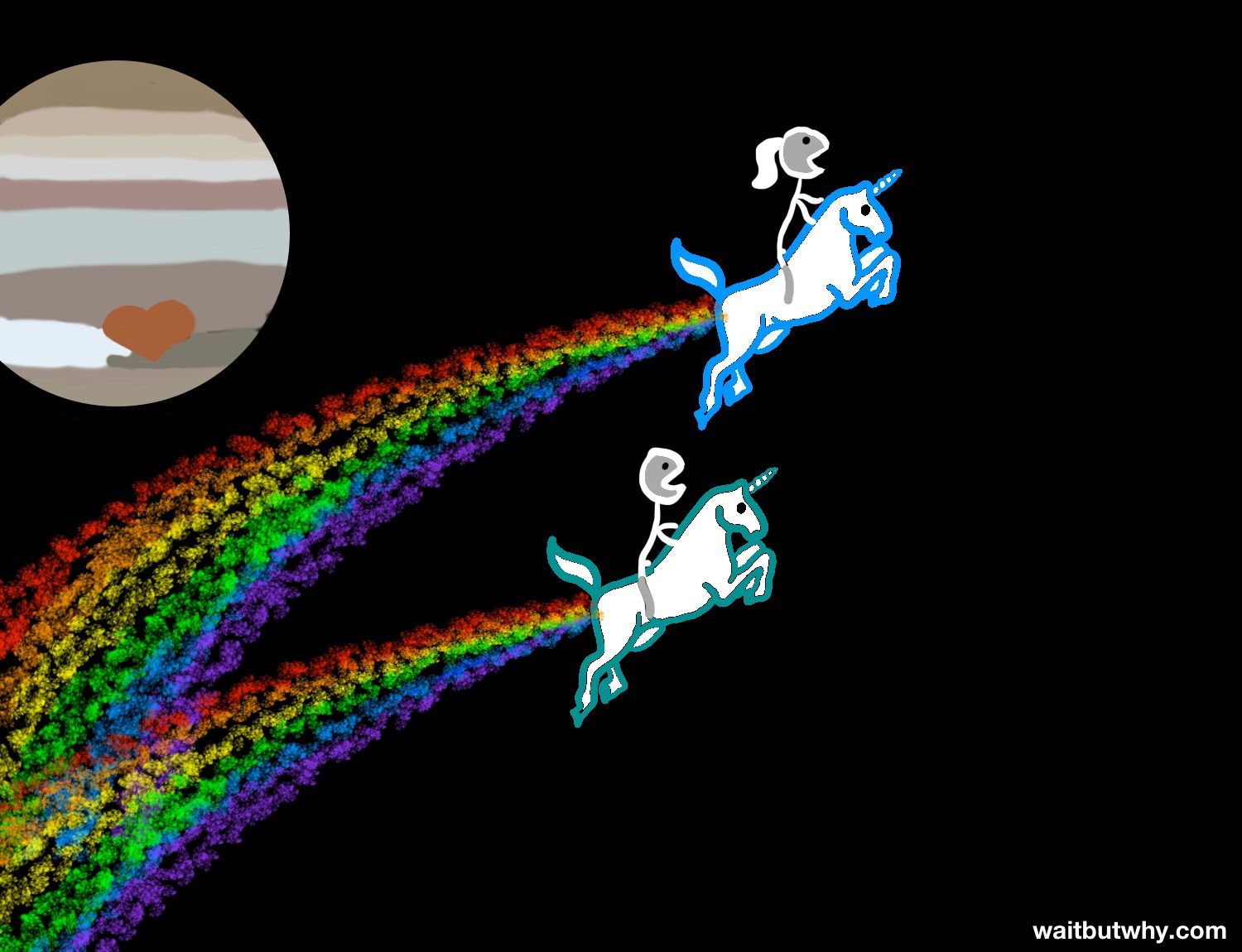Unicorns have stopped breeding so much in the fields of Silicon Valley
The grass is no longer quite as green in the tech pastures of California. While cash still flows freely and investors and late-stage startups are raising record sums, the number of new startups whose valuations have cracked at least $1 billion in the last year is slowing down.


The grass is no longer quite as green in the tech pastures of California. While cash still flows freely and investors and late-stage startups are raising record sums, the number of new startups whose valuations have cracked at least $1 billion in the last year is slowing down.
Last year, only 10 new companies were anointed as so-called unicorns by passing the $1 billion threshold. This year the number of such startups is on a similar trajectory, reports private equity research firm PitchBook, which analyzed such billion-dollar startups in its latest report. By comparison, about 35 new unicorns were born each year in 2014 and 2015.
But the total number of unicorns in Silicon Valley at a record high hitting 128 in the summer of 2017, the most ever recorded by PitchBook. That’s about three-quarters of all VC-backed companies to have reached this milestone.
Lofty valuations, however, create sky-high expectations when these companies go public or try to attract buyers. “As valuations grow larger, fewer corporations have the ability or desire to make a purchase that will satisfy investors,” writes PitchBook. “We haven’t, however, seen a rush to go public from unicorns, despite markets trading at all-time highs.”
It’s possible this year could eclipse the 2014 record for the highest number of unicorns to go public or get purchased during a single year. But several startups have lost as much as half their value (Cloudera), seen a massive discount in their acquisition price (SimpliVity), or faced a rough welcome in the stock market (Snap and Blue Apron).
That leaves a lot of companies wary about holding an initial public offering, although the IPO window is open if companies can present numbers that reassure investors. Renaissance Capital’s IPO index, which tracks the performance of the largest companies to enter the public markets, is up 24.43% so far this year compared to 9.17% for the S&P 500.